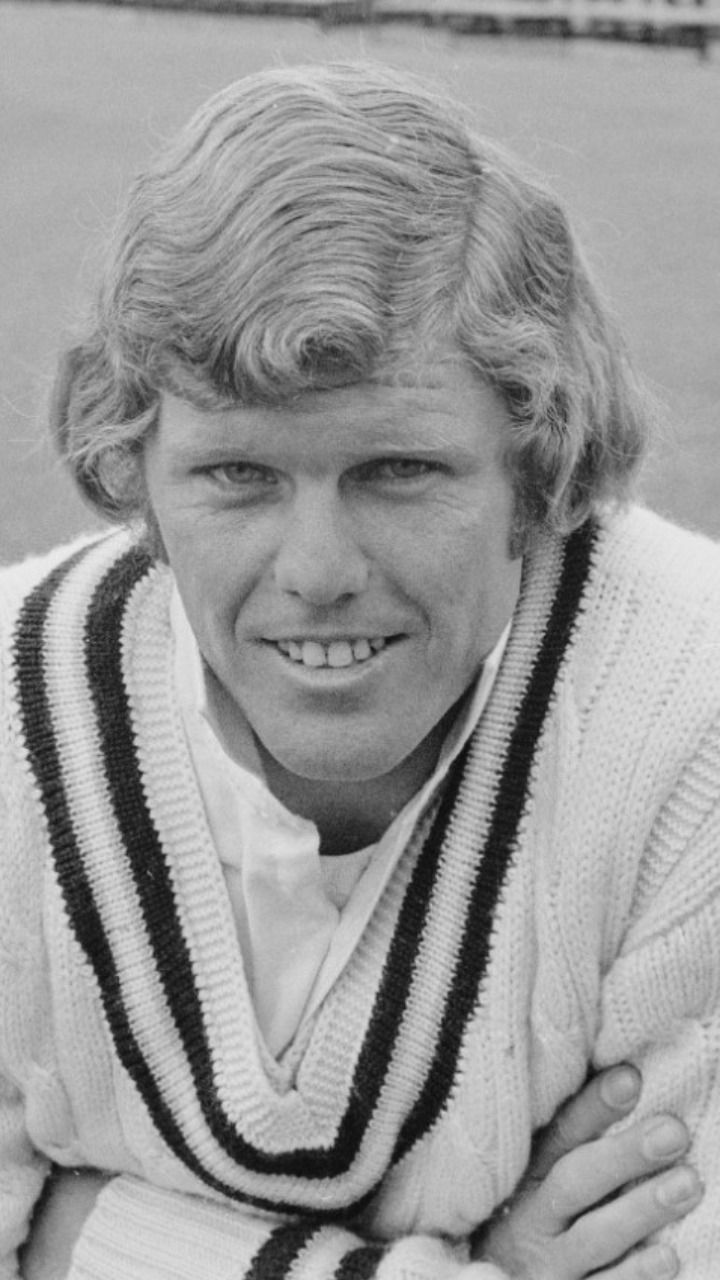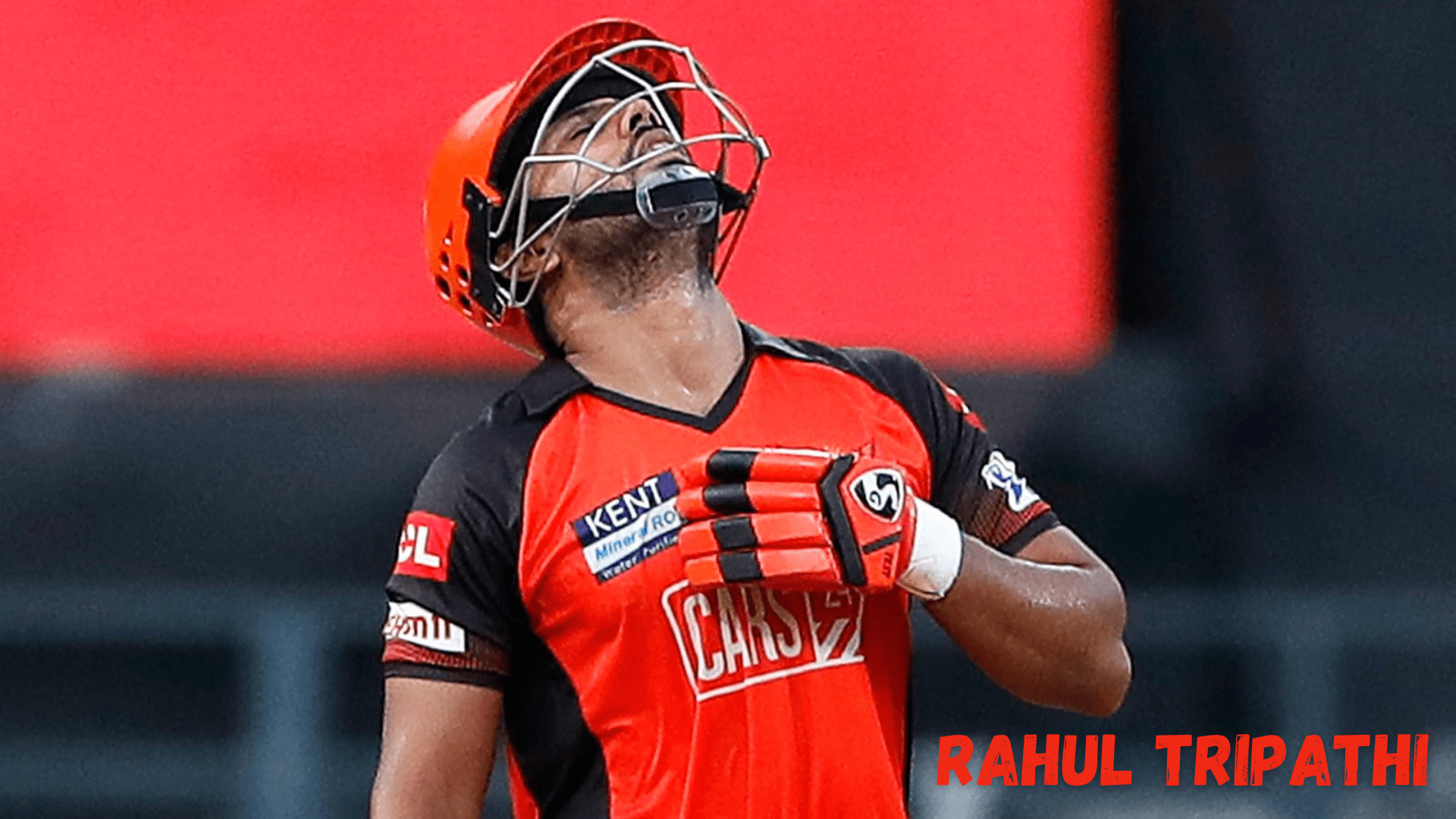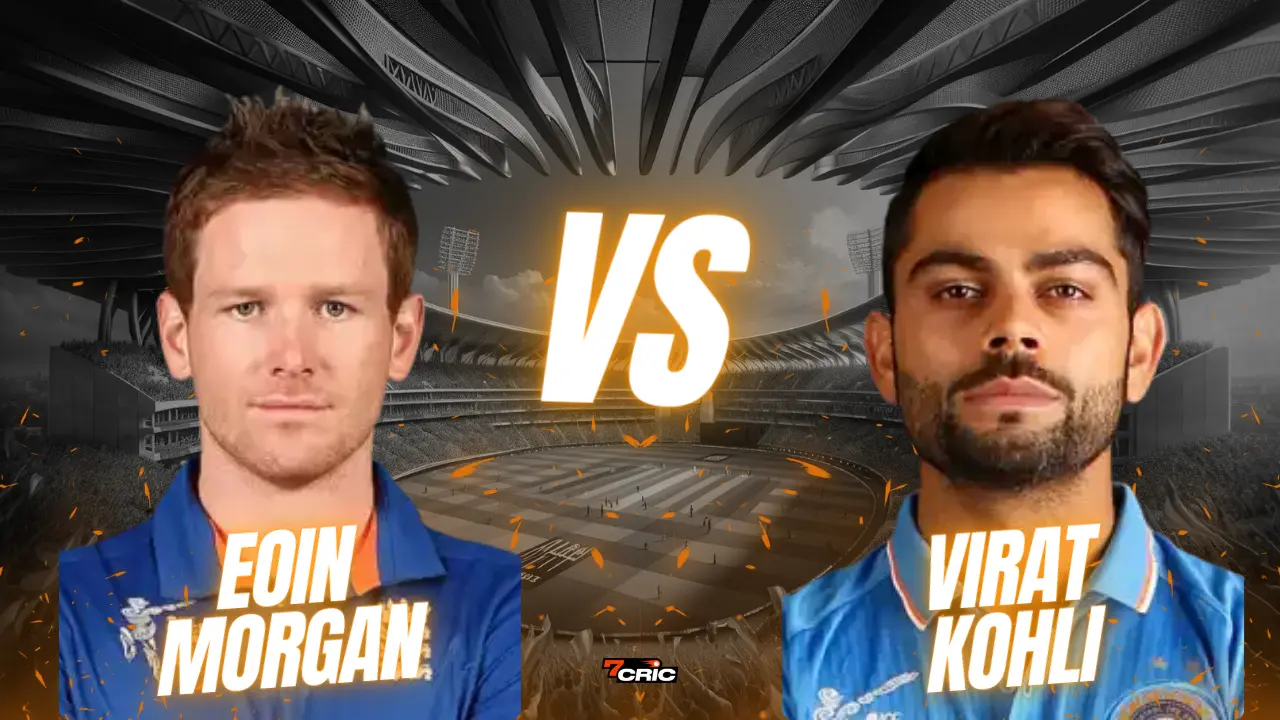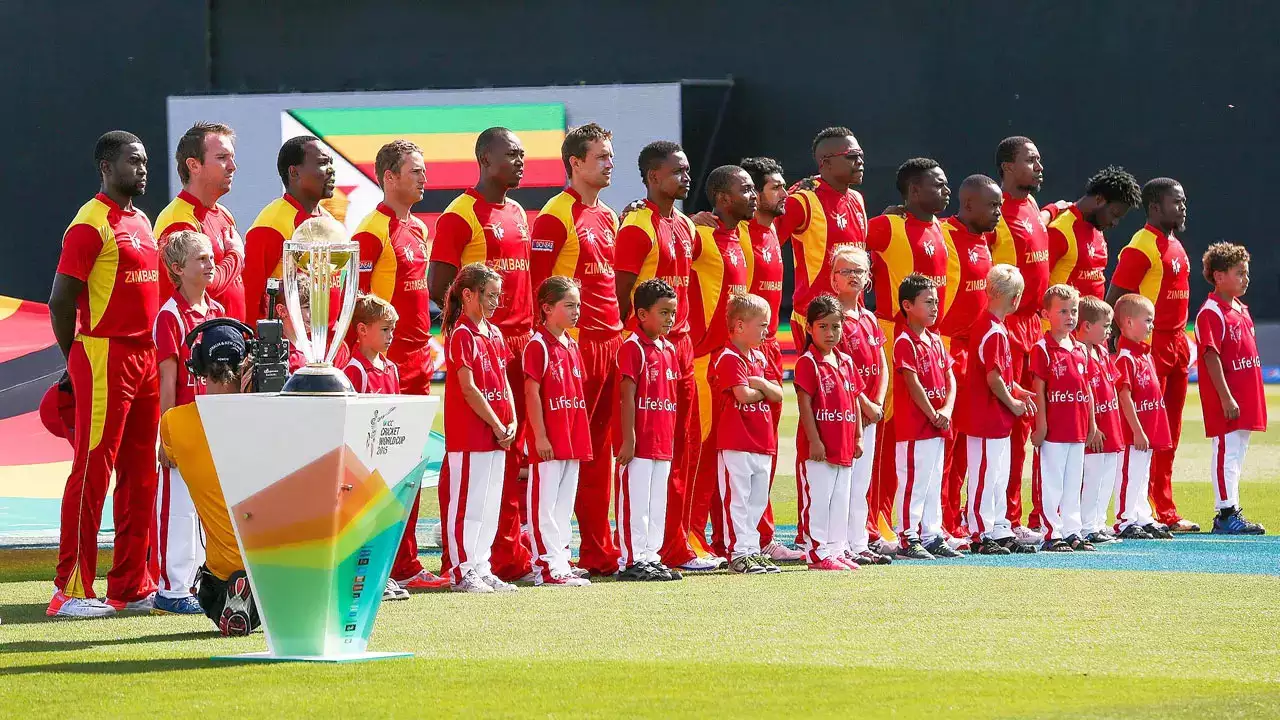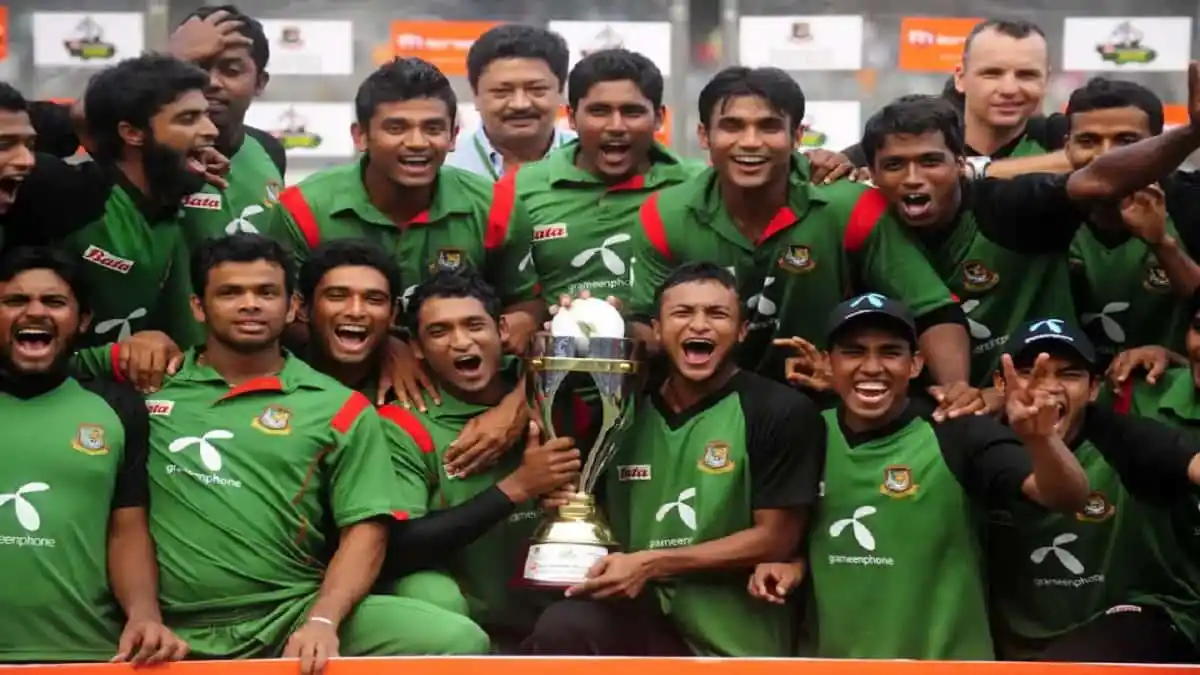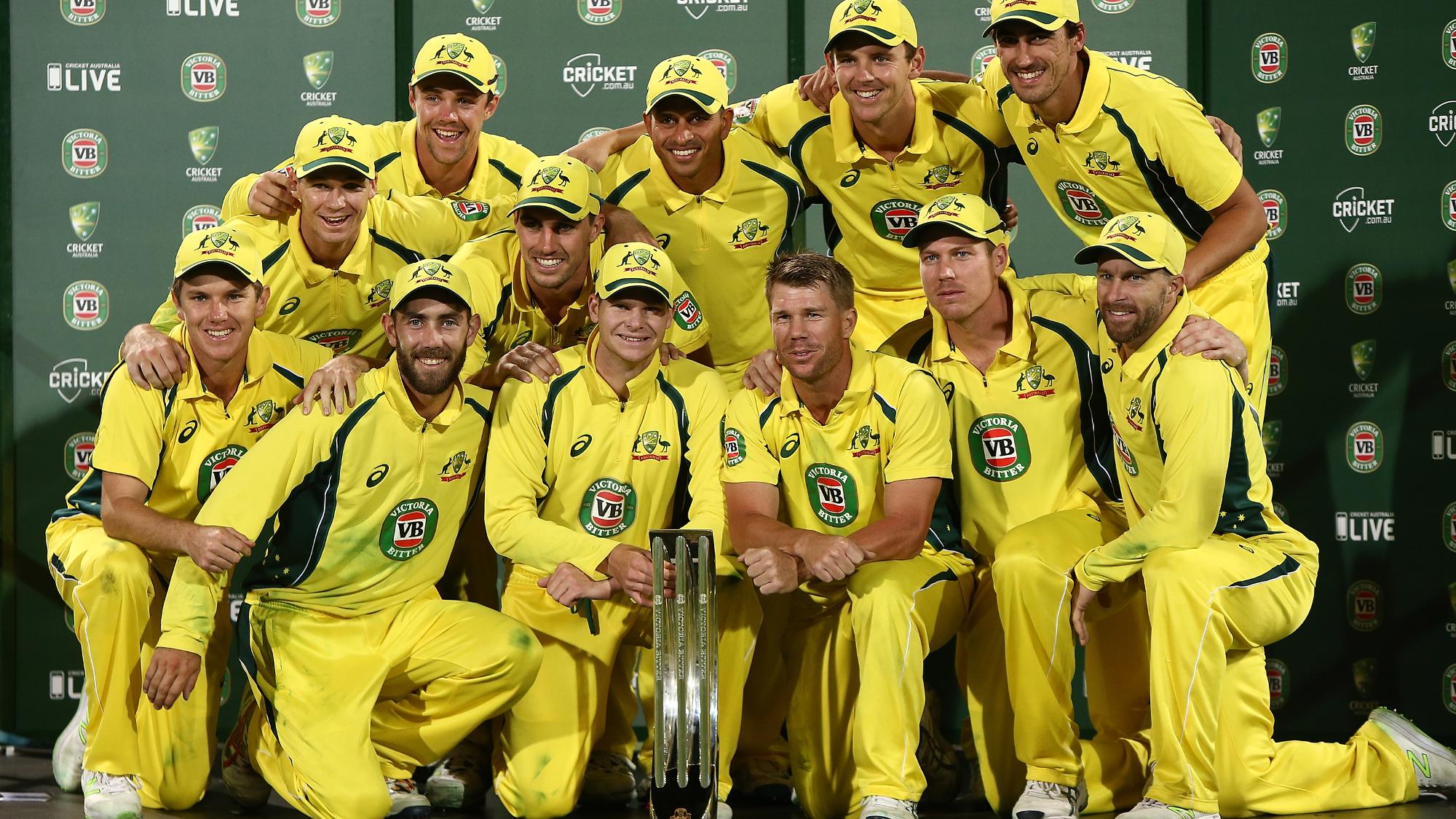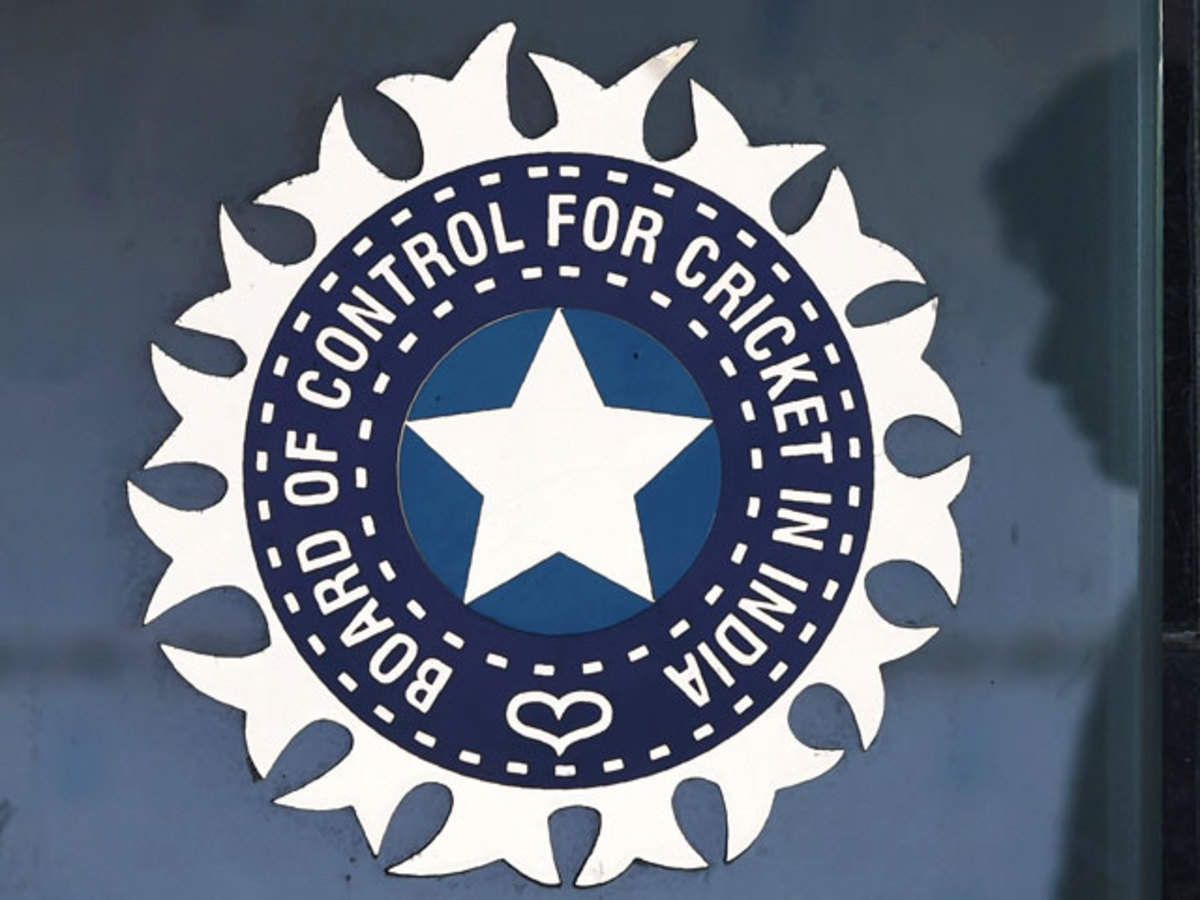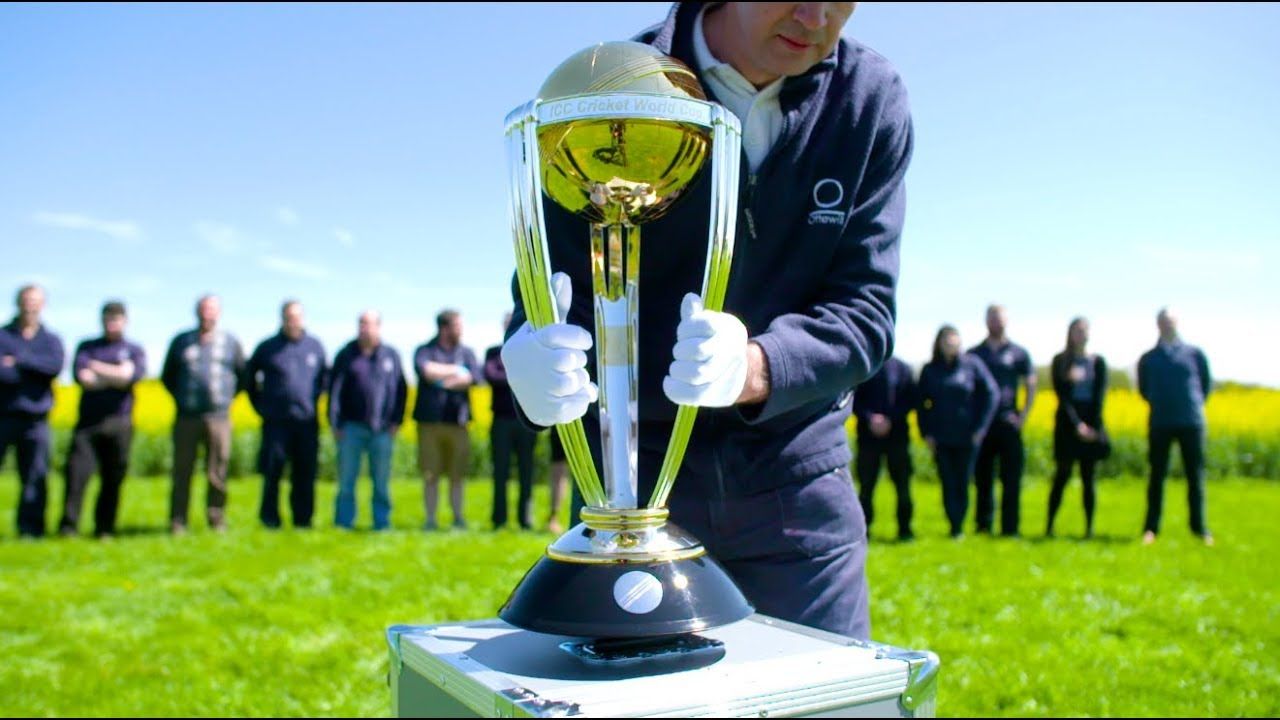Fred Trueman, a name synonymous with cricketing greatness, lived a life filled with unparalleled achievements, heartfelt moments, and a legacy that transcends the boundaries of the sport.
His journey from a small village in Yorkshire to becoming one of the most formidable fast bowlers in cricket history is a tale of determination, skill, and charisma.
Trueman’s impact on the game, coupled with his vibrant personality, left an indelible mark on fans, players, and the broader cricketing community.
This compilation aims to shed light on Trueman’s multifaceted career, offering insights into his life on and off the pitch.
Key Takeaways
- Fred Trueman's journey from a Yorkshire village to cricketing stardom showcases his remarkable talent and determination.
- Achieving over 300 Test wickets, Trueman set a new benchmark for fast bowlers.
- His candid personality made him a favorite among fans and players alike.
- Trueman's media career, particularly as a commentator, allowed his insights and humor to shine.
- The bronze statue in Skipton serves as a lasting tribute to his impact on cricket.
- His early life in Yorkshire, surrounded by nature and a supportive family, laid the foundation for his cricketing career.
- Trueman's coaching and mentorship roles reflected his commitment to nurturing new talent.
- Recognition with an OBE and other accolades highlighted his contributions both on and off the field.
- Beyond cricket, Trueman's entrepreneurial spirit and political interests showcased his multifaceted personality.
- Fred Trueman's legacy is not just in the records he set but in the spirit and passion he brought to the game of cricket.
Fred Trueman: A Stout Start
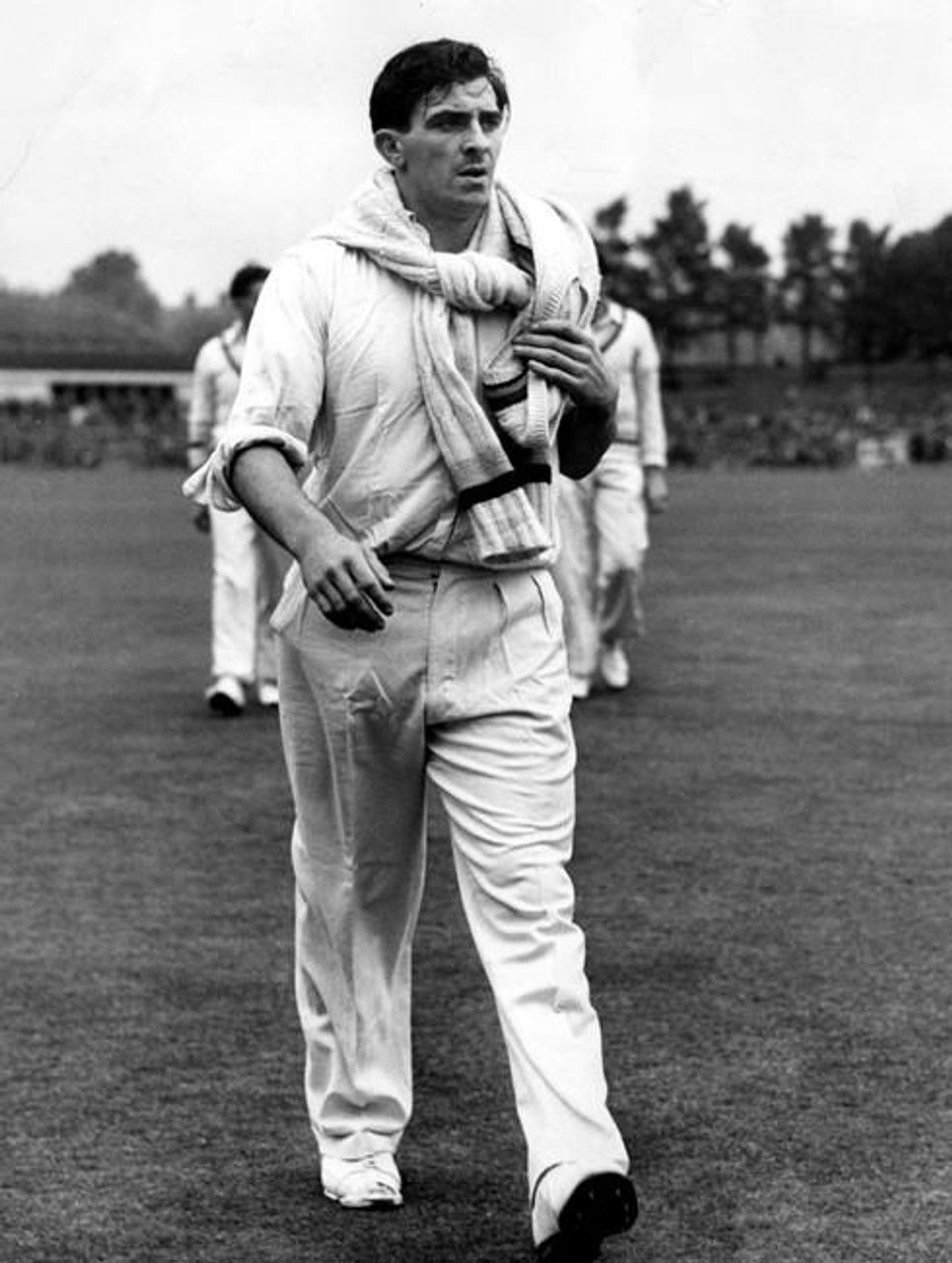
In Stainton, near Maltby’s scenic lanes, Fred Trueman made his grand entrance. At birth, he tipped the scales at 14 pounds! His grandmother, Mrs. Stimpson, played midwife.
To honor her, his parents named him Frederick Sewards Trueman. Towards life’s twilight, Trueman embraced a newfound Jewish heritage with a humorous nod to his love for bacon sandwiches.
However, a deeper dive into his lineage revealed no Jewish roots, as a 2011 biography by Chris Waters clarified.
Family Ties and Early Lessons
Alan and Ethel Trueman raised Fred as the heart of seven siblings. Their abode, part of a demolished terrace known as Scotch Springs, sat cozily amidst nature yet close to Maltby Main Colliery’s bustle.
The Truemans, deeply rooted in the countryside, upheld honesty and discipline fiercely. Trueman’s father, a coal miner and horse aficionado, instilled in his children a love for the outdoors and the value of hard work.
Cricketer in the Making
From the village school’s playground to the cricket fields, Fred’s talent sparkled early on. With a cricket ball in hand by age four, he followed his father, the Stainton club captain, to matches.
A precocious talent, he debuted in a club match at just eight. A move to Tennyson Road in Maltby marked a new chapter.
Here, at Maltby Secondary School, Fred continued to hone his skills, setting the stage for a storied cricket career.
Fred Trueman’s Journey: From School Fields to Professional Dreams
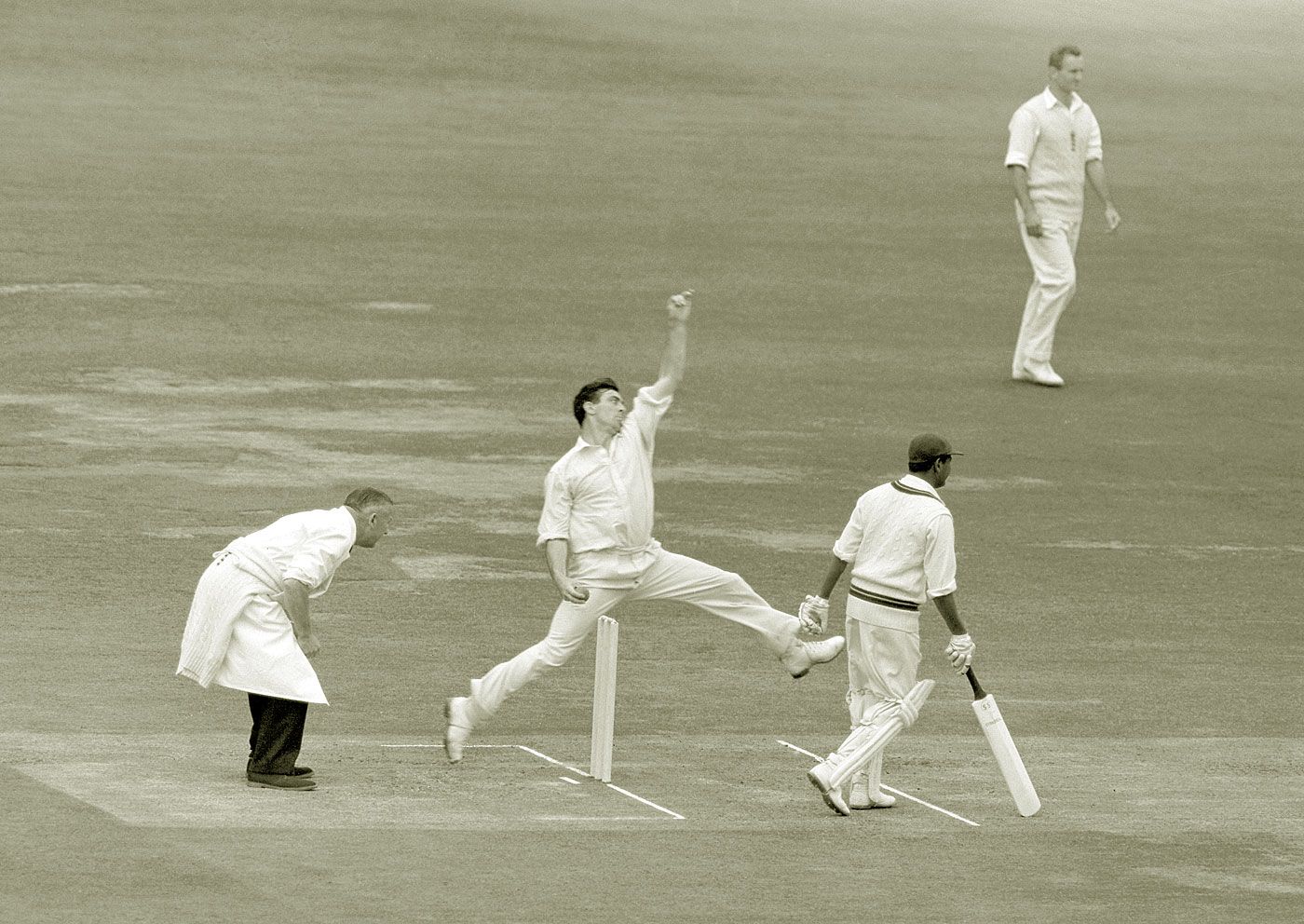
Uncovering Potential
At Maltby Secondary School, two visionary teachers, Dickie Harrison and Tommy Stubbs, spotted Fred Trueman’s bowling talent.
Despite his youth, they placed him on the school team. A cricket ball striking his groin paused his play for two years.
Yet, at fourteen, Fred bounced back, leaving school to work but never abandoning cricket. Encouraged by his family, he joined Roche Abbey’s village club in 1946, showcasing his skill.
Mentorship and Growth
Fred’s prowess on the field didn’t go unnoticed. Cyril Turner, a former Yorkshire player and exceptional coach, took him under his wing at Sheffield United Cricket Club.
Turner’s guidance on ball handling and swing brought Fred’s game to new heights. In 1947, Fred moved up to play in the Yorkshire Council League, thanks to his performances.
That winter, Yorkshire’s invitation for indoor coaching marked another step towards his cricketing future.
Stepping Stones to Success
1948 was a year of opportunity for Fred. Yorkshire selected him for their under-eighteen team, introducing him to future teammates Brian Close and Ray Illingworth.
Success with Sheffield and meeting Yorkshire legends like George Hirst filled the year with promise. Herbert Sutcliffe’s prediction of Fred playing for Yorkshire and England ignited his dreams further.
Surprisingly, in 1949, a telegram from Yorkshire confirmed his selection for first-class matches, setting the stage for an illustrious career.
Rising Star: Fred Trueman’s Early Days
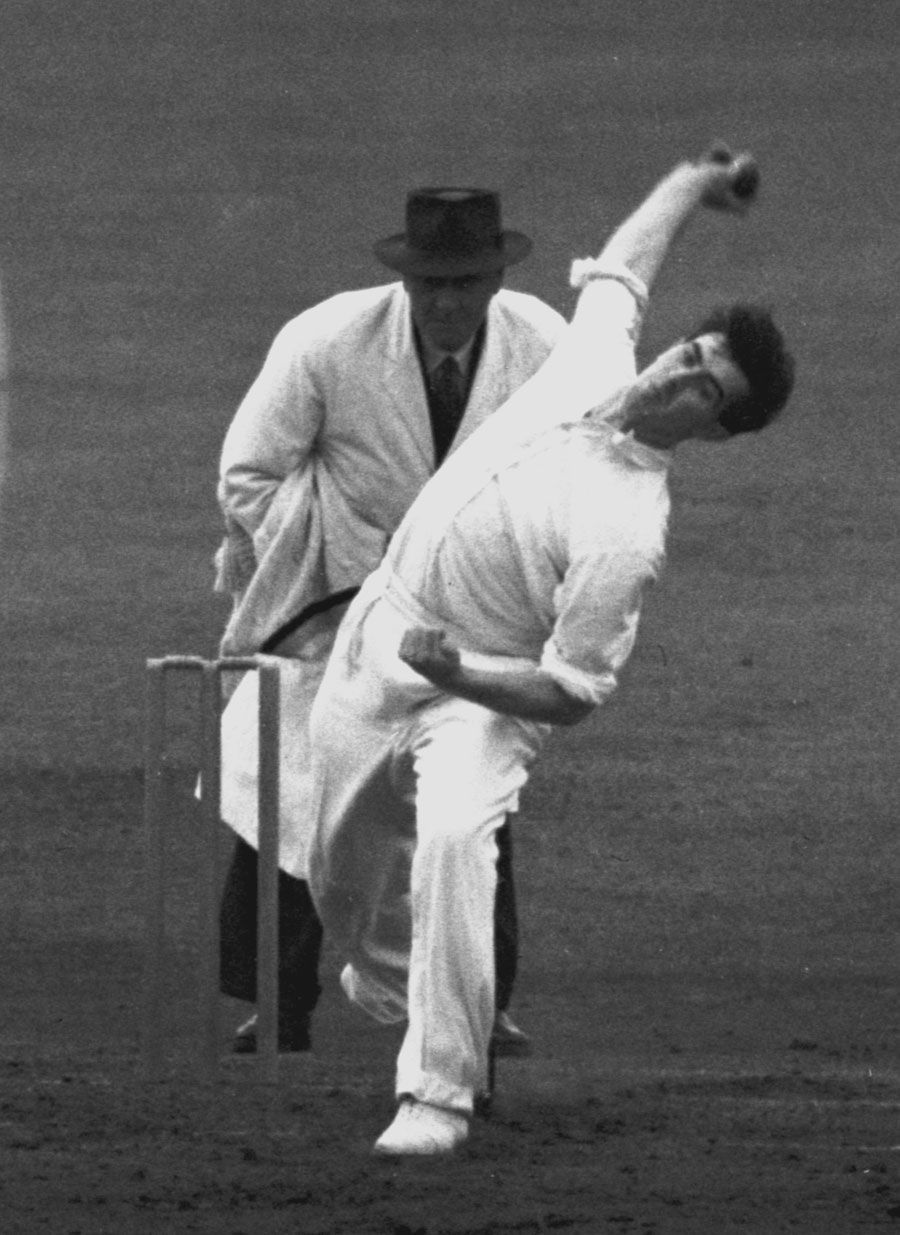
Fred Trueman, a cricketing legend, burst onto the scene on a sunny Wednesday, 11 May 1949. His debut against Cambridge for Yorkshire turned heads, albeit for the wrong reasons initially.
Mistakenly tagged as a spin bowler, he quickly showcased his true pace. Partnering with Brian Close, Trueman snatched two for 72 and one for 22.
Despite not batting, his bowling left an indelible mark. His maiden wicket of Robert Morris hinted at the start of something special.
The next innings saw him dismissing Hubert Doggart, another nod to his burgeoning talent. Amongst the debutants were future stars Close, Frank Lowson, and John Warr, hinting at a day rich in cricketing futures.
Trueman’s prowess grew evident in his second game, claiming six for 72 against Oxford. His Lord’s debut against Minor Counties was nothing short of spectacular, with an eight for 70 haul.
Critics and fans began to take notice, especially after his impactful performance against Surrey. Yorkshire’s strategy of patience with young talents like Trueman meant he was not always in the spotlight.
However, his potential was undeniable, offering glimpses of his capability to breach Yorkshire’s traditional pace bowling mold.
The post-war era was a rebuilding phase for Yorkshire, and 1949 was no exception. Key changes in the team dynamics and injuries among players offered Trueman sporadic opportunities to shine.
Despite limited appearances, his talent was unmistakable, earning him recognition and anticipation for what was to come.
A Path of Persistence and Growth
1950 presented itself as a year of challenges and growth for Trueman. Making twelve appearances in the County Championship, he faced trials that tested his mettle.
Selected for a Test Trial, his inclusion aimed at acclimatizing English batsmen to fast bowling, a testament to his raw pace despite accuracy concerns.
The season was a rollercoaster, marked by internal team dynamics and a collective aspiration for fast bowling prowess.
Trueman’s determination never waned, even amidst moments of disillusionment. The winter nets became his crucible, refining his love for speed and honing his skills under the guidance of Bowes and Mitchell.
His hard work paid dividends in 1951, with a dramatic improvement in his bowling, highlighted by a career-first hat-trick against Nottinghamshire.
The Dawn of the Trueman Era
1951 witnessed the ascendancy of Fred Trueman as a force to be reckoned with in cricket. Achieving a personal milestone with his first hat-trick, he set records and turned games around with his formidable pace.
Despite the occasional setback, such as being sidelined for twelfth man duties, his spirit remained unbroken.
His performance against Nottinghamshire at Trent Bridge was a declaration of his arrival on the cricketing stage, laying the groundwork for what would become the Trueman era.
Yorkshire’s internal challenges did little to dampen Trueman’s spirit or his performance on the field.
As the team rallied to a second-place finish in the County Championship, Trueman’s role as a pivotal player was undisputed.
Awarded his county cap, he stood on the threshold of cricketing greatness, ready to etch his name into the annals of cricket history.
Fred Trueman: Cricket Legend and Media Darling

Once upon a time, Fred Trueman bowled his way into cricket history, leaving behind tales of speed, humor, and a touch of rebellion.
This fast-bowling maestro not only shattered records but also charmed the world with his candid personality.
Let’s embark on a journey through the vibrant career of a cricketing icon, who was as fiery off the field as he was on it.
Fast, Furious, and Funny: The Fred Trueman Saga
Starting off, Fred Trueman took the cricketing world by storm, blazing through matches with his unparalleled speed.
His debut series against India in 1952 showcased a prodigy in the making, as he snatched 29 wickets with electrifying performances.
His legend grew with every game, earning him accolades and the admiration of fans worldwide.
However, Fred’s journey wasn’t just about speed and swing; it was peppered with humor and heated exchanges.
Known for his quick wit, he became a beloved figure, not just for his bowling but also for his ability to entertain and engage.
Off the field, Fred’s forthright views and humorous anecdotes made him a media favorite, albeit sometimes at odds with the cricketing establishment.
As his career progressed, Fred faced battles not only with batsmen but also with the powers that be. Despite these clashes, he never lost his fiery edge or his unique ability to capture the public’s imagination.
His contributions went beyond wickets; he left an indelible mark on cricket’s narrative, celebrated for both his prowess and personality.
The Legacy of a Cricketing Colossus
Fred Trueman’s impact on cricket is monumental. Not only did he redefine fast bowling, but he also played a pivotal role in making cricket a spectator’s delight.
His record-breaking feats on the field were matched only by his charismatic presence off it. Through ups and downs, Fred remained a titan of the game, remembered as much for his explosive bowling as for his vibrant character.
In essence, Fred Trueman’s story is a captivating saga of triumph, talent, and tenacity. His legacy transcends cricket, serving as a beacon for aspiring athletes and a reminder of the sport’s rich, colorful history.
Fred’s journey, from the cricket pitches of England to the halls of cricketing lore, is a testament to the enduring appeal of genuine talent combined with a larger-than-life personality.
The Fiery Legacy of Fred Trueman: Cricket Beyond Boundaries
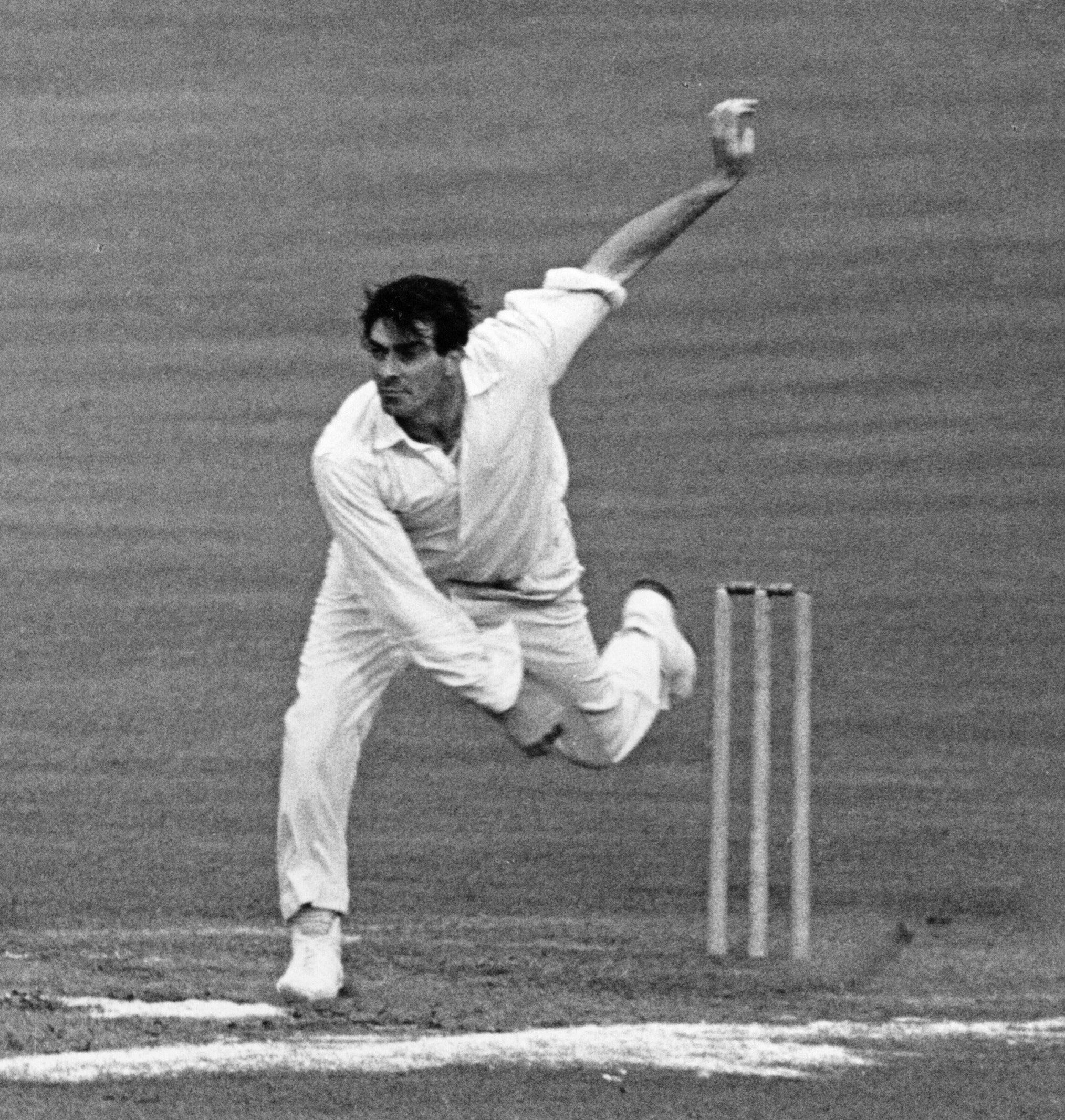
Fred Trueman approached cricket with a fiery determination to win, setting aside any social pleasantries.
Yet, he never missed a chance to inject humor into the game, ensuring the crowd got both top-tier sportsmanship and entertainment.
When leading his team, especially in 1968, his captaincy skills shone through, marked by intelligence and strategy.
Trueman’s visits to the opposition’s dressing room, often seen as friendly gestures, were actually clever psychological tactics, blending camaraderie with competition.
His disdain for the elitism in cricket, especially against those donning “fancy caps”, underscored his rebellion against the sport’s traditional snobbery.
Mastery in Motion: The Bowling Legend
From his debut, Trueman’s unique bowling run-up and delivery captivated many. His technique, featuring a side-on posture and a dramatic arm swing, mirrored a fighter jet’s graceful yet powerful landing.
This approach allowed him to master the art of the out-swinger, deceiving many a great batsman.
Over his career, Trueman evolved from a fast-paced but erratic bowler to a master of seam and swing, thanks to his physical stamina and relentless determination.
His iconic presence on the field, marked by a dramatic run-up and follow-through, made him a true icon of English cricket.
At the Crease and in the Field
While primarily a bowler, Trueman also left his mark as a batsman and a fielder. Preferring the leg slip position, he was a dependable catcher with an impressive throwing arm.
Though he never aimed to be an all-rounder, his batting entertained, featuring bold strokes and a robust defense.
His ability to amuse the crowd, whether bowling, batting, or fielding, solidified Fred Trueman’s status as one of cricket’s most charismatic figures.
Through his tenacity, humor, and skill, Fred Trueman forever changed the way cricket is played and perceived.
His legacy as a competitor who played with heart and soul, always striving to entertain and win, remains unparalleled.
Fred Trueman: The Voice That Shaped Cricket
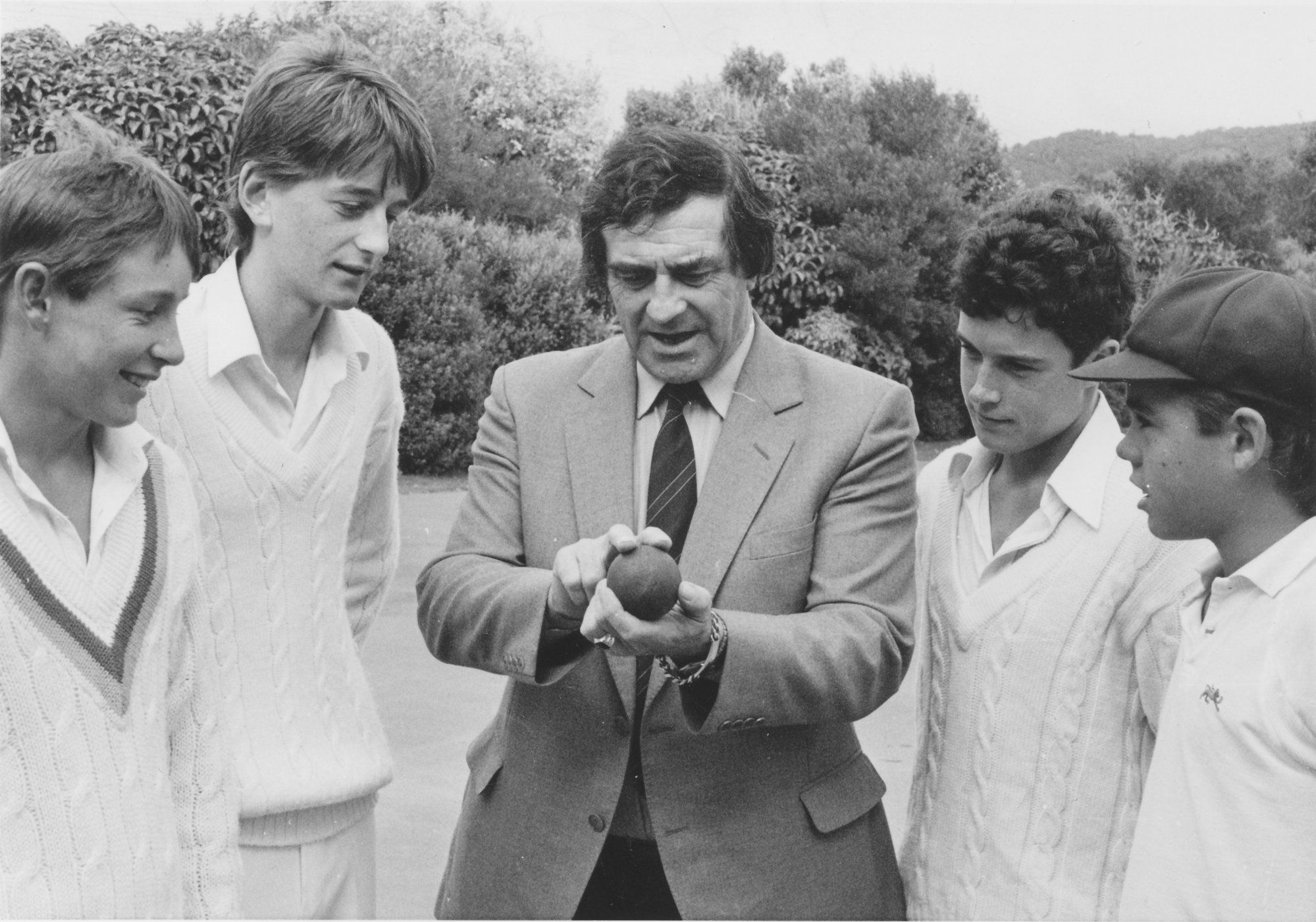
Fred Trueman took to the BBC’s Test Match Special like a duck to water from 1974 until 1999. He teamed up with legends John Arlott and Brian Johnston, forging unbreakable bonds.
Known for his straightforward commentary, Trueman often expressed bewilderment with the phrase, “I don’t know what’s going off out there.” He lamented the tactical naivety of modern England players.
Trueman’s blunt critiques sometimes drew fire for seemingly belittling contemporary talent while idealizing the cricket of yesteryears.
Yet, his wit shone through when he quipped, “We didn’t have metaphors in my day. We didn’t beat about the bush.”
Despite occasional criticism, many acknowledged Trueman’s unparalleled understanding of fast bowling’s intricacies.
Some argued he was the missing piece in coaching England’s struggling teams during the ’80s and ’90s.
Highlighting his coaching prowess, in 1975, Australian fast bowler Dennis Lillee turned to him for advice on his run-up and action. Trueman’s guidance swiftly restored Lillee’s form, albeit to England’s detriment.
While some in England balked at Trueman aiding an Aussie, commentator Trevor Bailey defended the move, insisting English players could learn from Trueman’s expertise.
Beyond the Boundary: Fred Trueman’s Media Marvels
Fred Trueman brought his charismatic presence to Yorkshire Television’s Indoor League in the 1970s. This show, airing after children’s programs, celebrated Northern working-class culture with pub games galore.
With a pint and pipe in hand, Trueman’s sign-off, “Ah’ll sithee,” became iconic. His TV journey didn’t stop there. Trueman graced episodes of Two in Clover and Dad’s Army, showcasing his versatility.
Despite his cricketing prowess, Trueman ventured into stand-up comedy briefly before finding his niche in after-dinner speaking.
His columns in the Sunday People spanned over four decades, covering cricket and rugby league, proving Fred Trueman’s indelible mark on media and sports.
Fred Trueman: A Life Beyond the Crease
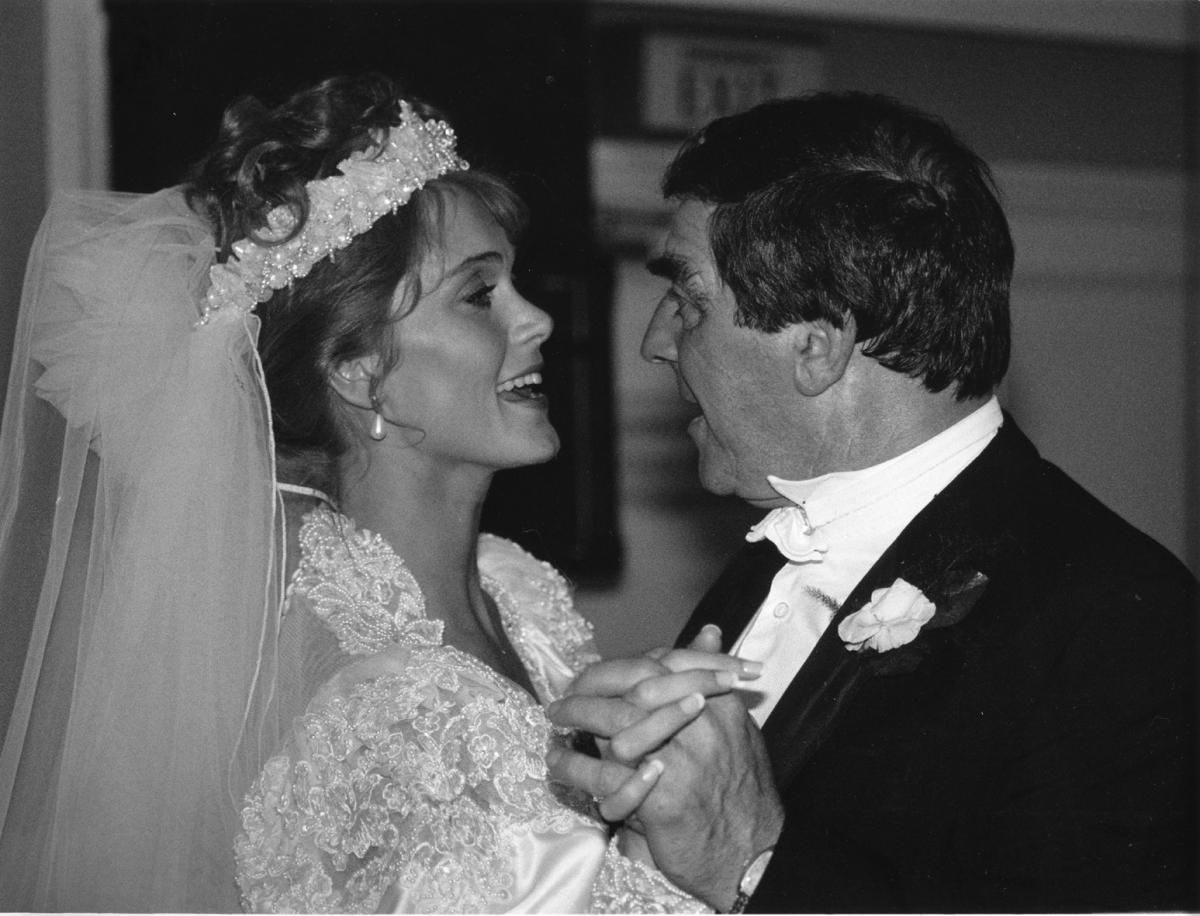
In the heart of Scarborough, love blossomed for Fred Trueman and Enid Chapman on a memorable March 19, 1955.
Their union brought forth three treasures: Karen, Rebecca, and Rodney. However, as life would have it, their paths diverged in 1972. Not long after, Fred found love again.
He and Veronica Wilson, a woman graced with two children, Sheenagh and Patrick, pledged their lives to each other in Skipton’s humble register office on February 28, 1973.
Together, they made their home in Flasby, a picturesque village nestled in the Yorkshire Dales. Fred ventured into the world of entrepreneurship with Freddie Trueman Sports Ltd, a sporting goods shop that became a staple in Skipton until its closure.
Fate wrote another chapter when his daughter Rebecca and Damon Welch, Raquel Welch’s son, united in matrimony in June 1991. Yet, this bond was not to last, ending in divorce just two years later.
A Political Innings
Fred’s heart beat for more than just cricket. A staunch monarchist, he also threw his support behind the Conservative Party, showcasing his diverse interests and loyalty to his beliefs.
Accolades and Affections
1989 marked a year of royal recognition as Fred Trueman was honored with the Officer of the Order of the British Empire (OBE) for his sterling service to cricket.
Despite the playful misnomer “Sir Frederick” bestowed by Brian Johnston, confusion and debate stirred among his fans and natives of Yorkshire, many of whom felt a knighthood was more than deserved.
A lifelong pipe-smoker, Fred’s affection for this pastime earned him the title of Pipe Smoker of the Year in 1974, a nod from the British Pipesmokers’ Council.
This accolade, however, would become a relic of the past when the award was discontinued in 2004, amidst growing concerns over tobacco promotion laws, just two years before Fred’s own battle with lung cancer would begin.
A Tribute to Fred Trueman: Courage, Cricket, and Commemoration
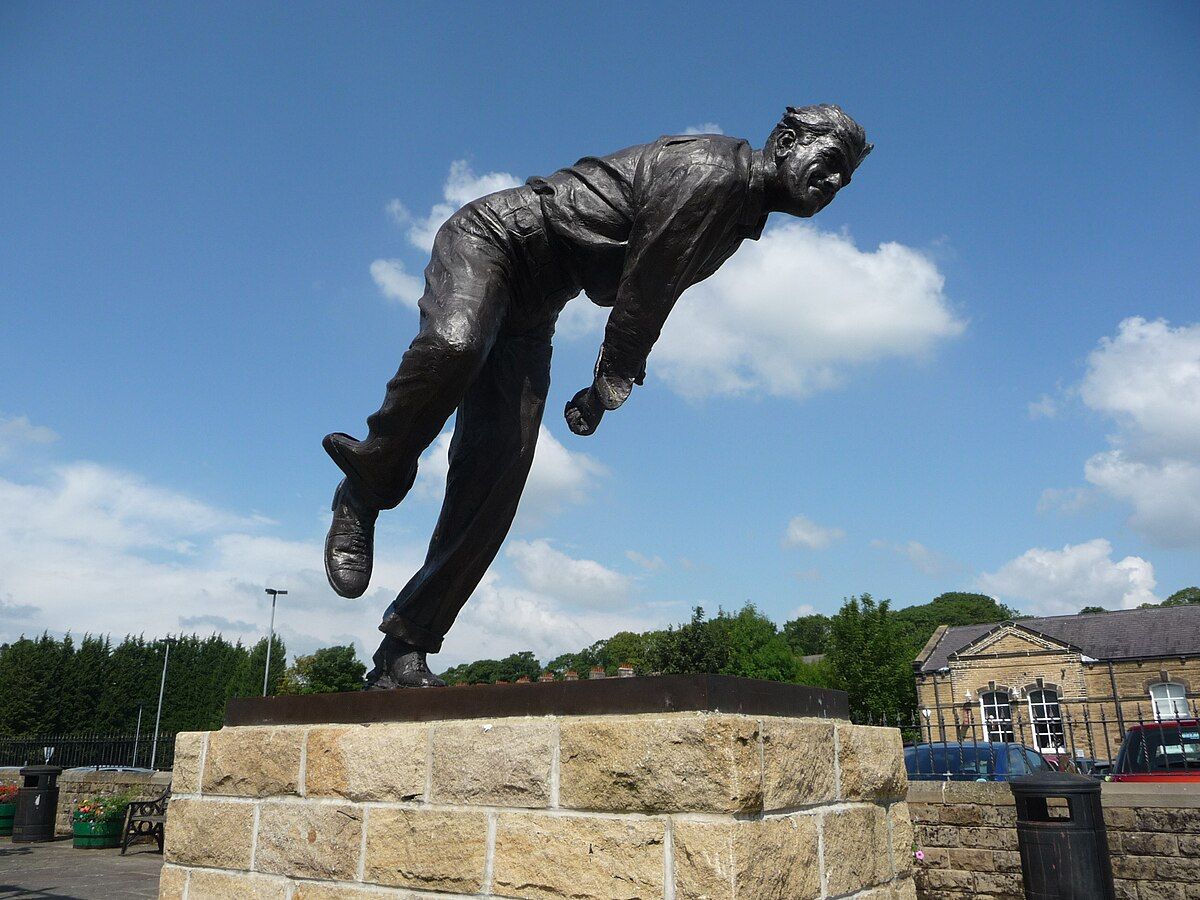
May 2006 brought grim news as Fred Trueman faced a diagnosis of small cell carcinoma of the lung.
Courageously, he battled the disease until 1 July 2006, when he passed away at Airedale General Hospital, located in Steeton with Eastburn, West Yorkshire.
Six days later, Bolton Priory hosted his funeral service, a gathering of past and present Yorkshire cricketers, including luminaries like Ray Illingworth and Brian Close.
Following the service, his final resting place became the Priory’s serene cemetery. Additionally, a book of condolence was opened at Headingley cricket ground, later given to his bereaved widow as a token of shared sorrow and respect.
A lasting honor emerged on 18 March 2010, capturing Fred Trueman’s spirit in bronze. Crafted by the Yorkshire-born artist Graham Ibbeson, a statue was unveiled with dignity by Veronica Trueman, amidst the company of Fred’s brother Dennis and famed Test umpire Dickie Bird.
This enduring tribute, situated at the Leeds and Liverpool Canal basin in Skipton, stands as a testament to Trueman’s enduring legacy in the hearts of cricket fans and his community.
Through these acts of remembrance, Fred Trueman’s legacy continues to inspire. His journey from the cricket fields to his final honor in bronze encompasses the resilience, camaraderie, and enduring spirit of the sport and its champions.
Frequently Asked Questions (FAQs)
What made Fred Trueman a legend in the cricket world?
Trueman’s exceptional talent as a fast bowler, marked by his ability to achieve significant pace and swing, set him apart. His record as the first bowler to take 300 Test wickets remains a monumental achievement in cricket history.
How did Fred Trueman contribute to cricket off the field?
Beyond his playing days, Trueman made significant contributions as a commentator and media personality, known for his forthright opinions and humorous anecdotes. His involvement in coaching and mentorship also highlighted his dedication to nurturing future talents.
Did Fred Trueman receive any notable honors or awards during his lifetime?
Yes, Trueman was honored with the Officer of the Order of the British Empire (OBE) in 1989 for his services to cricket. His legacy was further cemented by the unveiling of a bronze statue in Skipton, celebrating his contributions to the sport.



